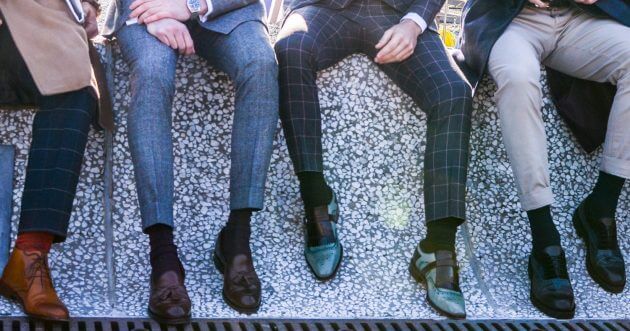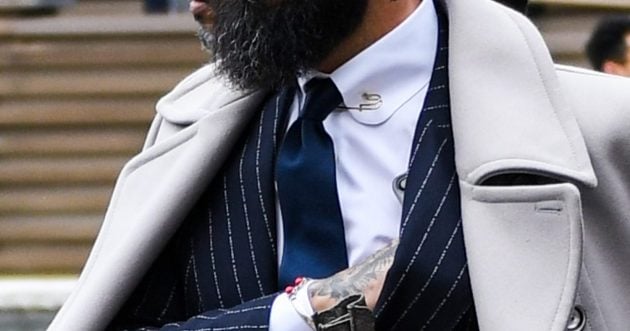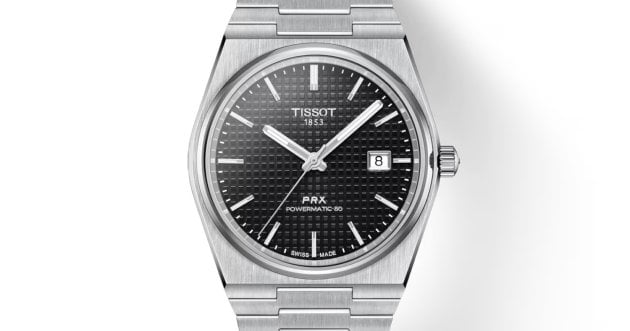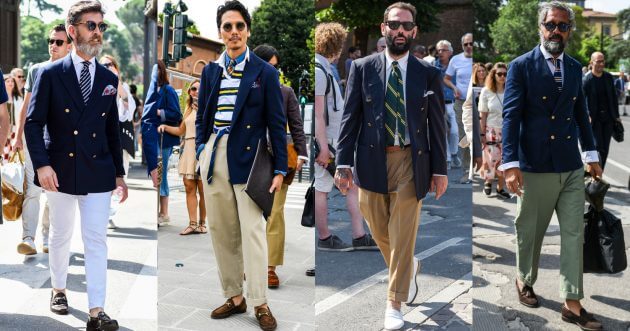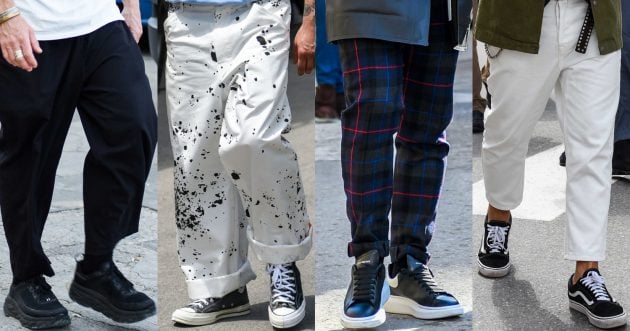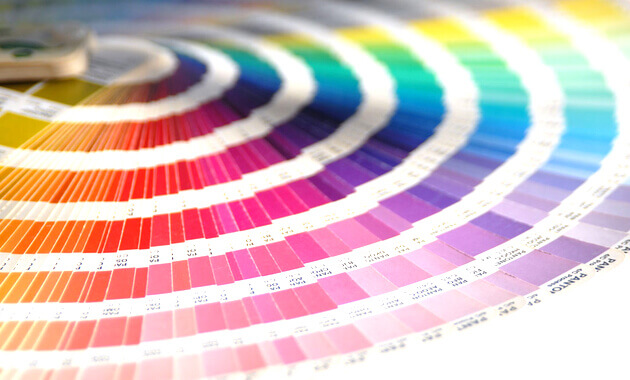
Color” is a very important factor when considering how to dress in men’s fashion. In addition to color combinations between clothes, the concept of personal color is that there are ” colors that suit you ” and ” colors that do not suit you ” to begin with. In this issue, we would like to introduce the use of color to understand one’s individuality and make the most of one’s attractiveness.
Suponsered by
Why is ” color ” important in dressing?
The three major elements in fashion are “color,” “shape,” and “material,” and there is a reason why “color” is said to be the most important of these. Color accounts for 80% of human visual information and is the fastest visual information to be transmitted to the brain. It is understandable that a sweater made of the same material and of the same shape can look different if it is a different color.
What is a personal color diagnosis?
Personal color is a theory that classifies four types of colors that suit people based on the color of their skin, hair, eyes (iris), lips, and cheeks, and compares them to the four seasons. The classification is based on the axes of ” yellow base/blue base ” and ” soft/hard “.
By the way, the meaning of “soft/hard” is determined by whether the color is mainly bright and gentle (soft) or deep and chic (hard).
It is easy to think, “Aren’t all Japanese people yellow-base? However, in fact, there are many Japanese who are blue-based. Japanese people cannot be lumped together, and all four types exist.
Let’s try a personal color diagnosis!
First, let’s figure out which color type suits you best.
If you are short on time, you can .
If you have a little more time…
How did you compare with the colors you usually wear?
How can we use colors that suit us effectively?
Now that you know which colors suit you, you may be wondering about ” how should I use those colors?” Now that you know what colors suit you, you may be wondering “How should I use those colors? Keep in mind that “the closer the color is to the face, the more effective it is. The more area near the face, the more effective the color will be.
Should we wear colors that we like but don’t suit us?
The next problem is how to deal with ” colors that theoretically do not suit you, but that you like. For example, yellow hues are considered unsuitable for men with blue-based skin. Hues that are considered hard to match can be easily incorporated by adjusting tone (saturation and lightness ). For example, “pastel lemon with reduced saturation for summer types” or “cool lemon yellow or icy lemon for winter types” would be more suitable for summer types, and so on.
If you still want to use a color that doesn’t suit you, ” place it far away from the face ” or ” use it as an accent color, but keep its area small ” will be effective.
Are there really 4 types of colors that suit me?
Of course, there is no limit to the number of ways to categorize a person, such as “a winter type but close to a summer type” or “a spring type with a weak yellow base. If you are not satisfied with the diagnosis, it may be the case. It is a good idea to have a personal color diagnosis by a professional, or to try colors that are recognized by both yourself and others as suiting you, without getting too caught up in the classifications.
Know the difference in coloration depending on the material.
Even if the exact same dye is used, colors will vary depending on the material. Cotton, wool, linen, etc. have a matte texture, and the brightness and saturation are lower than those of the original dye, resulting in a subdued appearance. On the other hand, silk, polyester, and rayon directly reflect the color of the dye and produce vivid colors in both brightness and saturation. Why not look at materials not only from the standpoint of comfort and texture, but also from the standpoint of coloring: “For colors that suit me, I will go all out and use materials with good coloring,” or “For colors that don’t suit me but I want to try, I will use materials that suppress coloring.

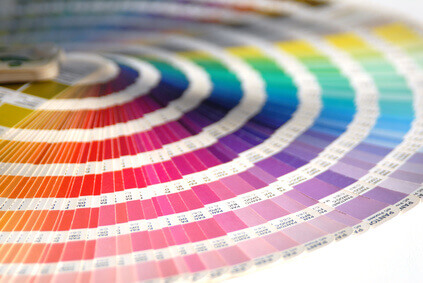
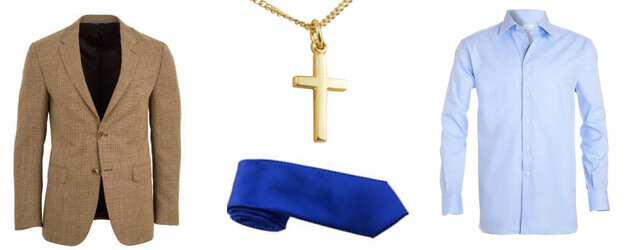
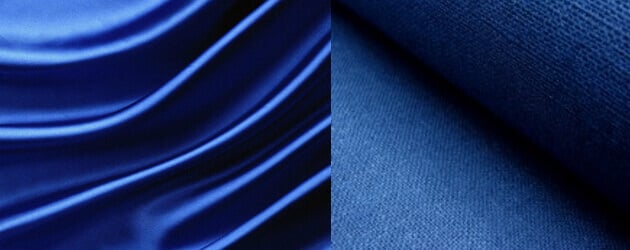
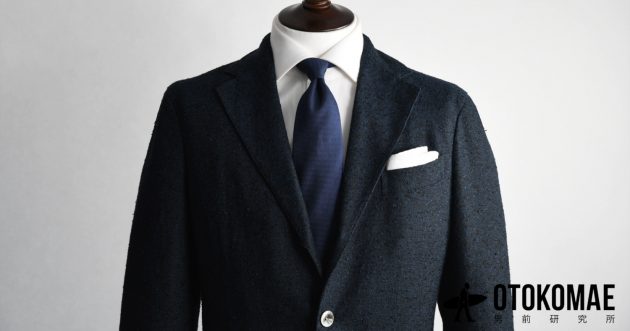
![Spring Men’s Fashion [ 6 Hot Items for 2021 ].](https://otokomaeken.com/wp-content/uploads/2016/01/45fe2eef863e8494dec1f927ddc7e661-630x331.jpg)
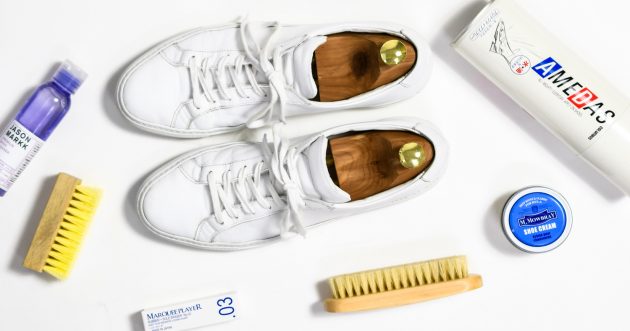

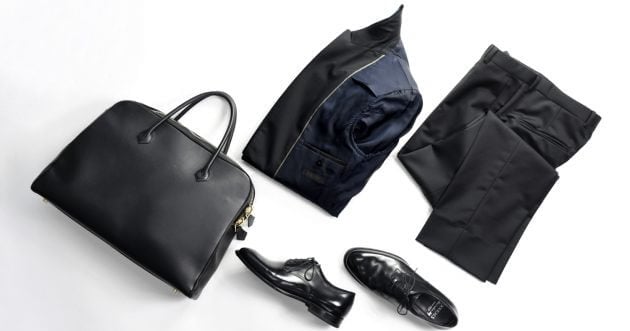

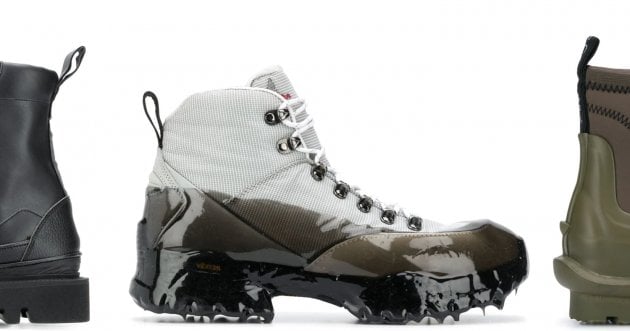
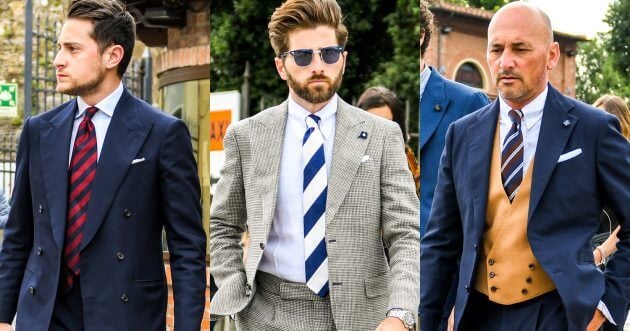
![How to put on a necktie pin [ 6 points ].](https://otokomaeken.com/wp-content/uploads/2017/11/2a34cccf22739f23f15d52d6ab094b6c-630x331.jpg)
